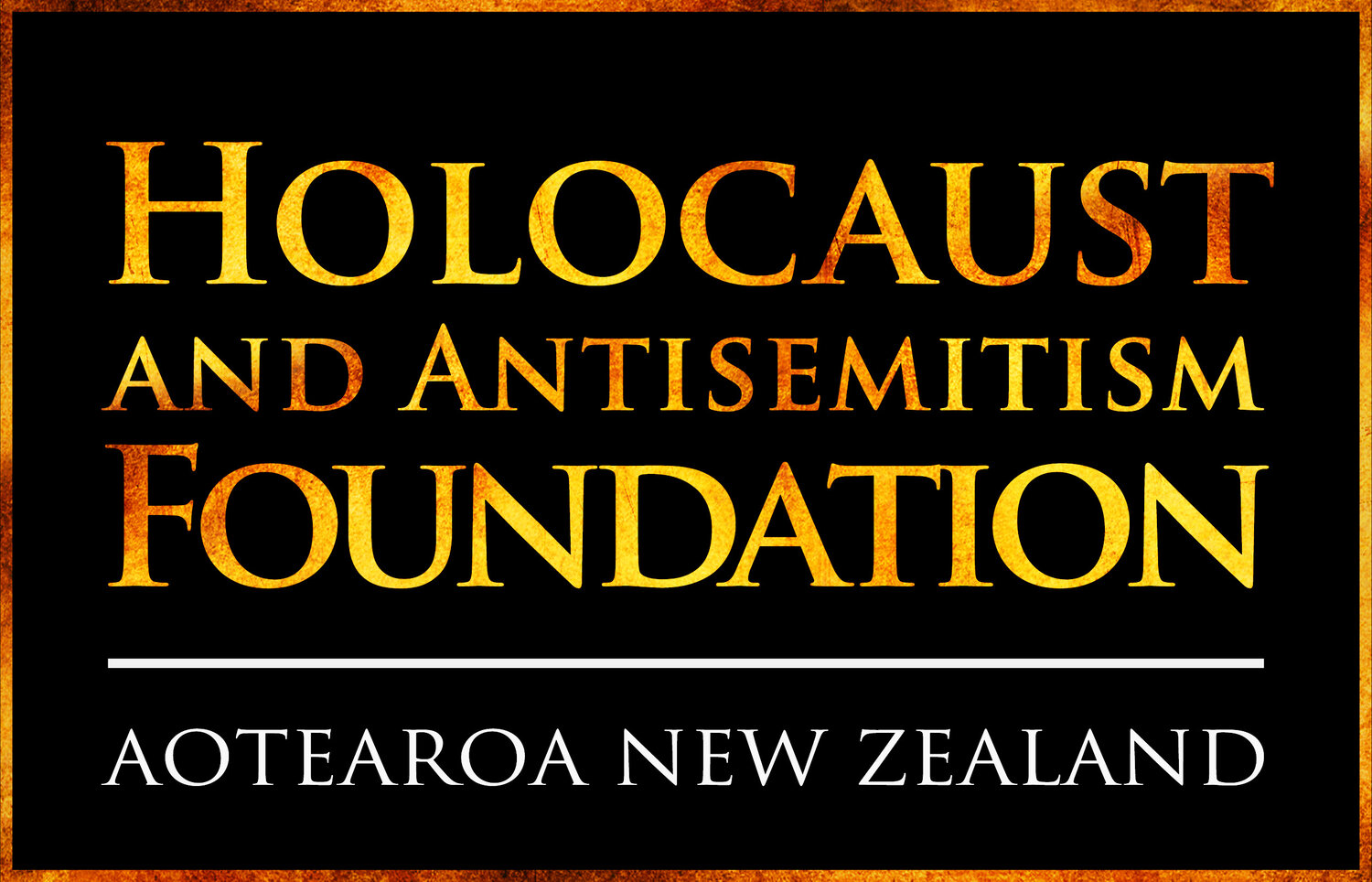Forgetting and remembering - the trauma of the Holocaust
Eli Saar was the first of the more than sixty Holocaust survivors we have interviewed over the last decade. The pleasantness of our surroundings, a sunny porch at our friend’s home at Gan Shmuel Kibbutz, created a harsh juxtaposition with the shocking story we heard that day in 2008.
We were warned, “Eli is a hard man”. He was reluctant to talk about the Holocaust and our friends weren’t sure that he would turn up.
As I listened to him tell his story, I didn’t see hardness. I saw pain, etched on lines of his face as he recounted memories almost impossible to imagine. A child taken by the legs and smashed against a wall. Corpses propped up in the street. As a child, he didn’t understand and played a game, jumping over the dead.
Eli was six years old when he and his family, along with all Jewish residents of Warsaw, were forced to live in an area sealed off from the rest of the city, enclosed by a wall that was over 10 feet tall, topped with barbed wire, and closely guarded to prevent movement between the ghetto and the rest of Warsaw. At one point over 40,000 Jews were imprisoned in an area just over 2 square kilometres.
It is remarkable that any recover from such horrendous events. Many do, move forward and thrive. But we don’t hear so much about the ones who fail to thrive. In the period following the war, survivors were given little in the way of emotional or psychological assistance in dealing with their trauma. Many felt guilty that they had survived. In Israel, there was seldom time to look back. A new state was formed in 1948, and energies were galvanised to fight for the new state, and then to build.
However, the trauma of the Holocaust didn’t disappear.
Many survivors have preferred to keep the memories locked in the past, and refuse to speak of their experiences. Others have found that sharing their stories has helped the healing process. One survivor, Sarah, told us that during the Holocaust she would dream every night of feasting on all kinds of delicacies and rich foods. After the Holocaust, she had nightmares every night of being chased and in danger. In the 1980s, she began sculpting and the forms she created of grotesque and yet stunning figures told a story that words could not. She was able to heal to some extent. Several survivors have said that they didn’t start talking about the Holocaust until their grandchildren began asking questions about their past and the many missing relatives. Another found that writing memoirs brought release from the past.
Still others believe it is an obligation to speak of what happened. To remember in order to learn.
Eli explained that he made a great effort to forget and suppress his experience of six years of terrible fear. “A person who hasn’t experienced it, cannot understand. They can sympathize, but they cannot understand. Terrible fear, day & night. You feel like an animal threatened by a predator. It took tens of years…I can’t say something is left in me from this”.
Sadly, a recent survey has shown that one-third of all Americans believe the scope of the murder of Jews in the Holocaust has been exaggerated, 45 percent of Americans could not name any of the 40 ghettos or concentration camps erected by the Nazis… and 58 percent said a Holocaust or similar catastrophe could occur again.’ Even more disturbing is that in Europe where the tragedy took place, a recent poll found that a third of Europeans knew little or nothing about the Holocaust. The poll also found "a worrying increase in the number of people who believe traditional anti-Semitic tropes or hold anti-Semitic views…”
Eli’s story is tragic and deeply moving - and in light of these disturbing trends, it is increasingly important.
More on the Warsaw Ghetto:
https://encyclopedia.ushmm.org/content/en/article/warsaw

